Ice cores are our best link to ancient climates. Scientists are racing to preserve them while we still can.
Ice cores from the Arctic, Antarctica and alpine regions are the only resources that can provide direct evidence of past climates. But some are under threat.
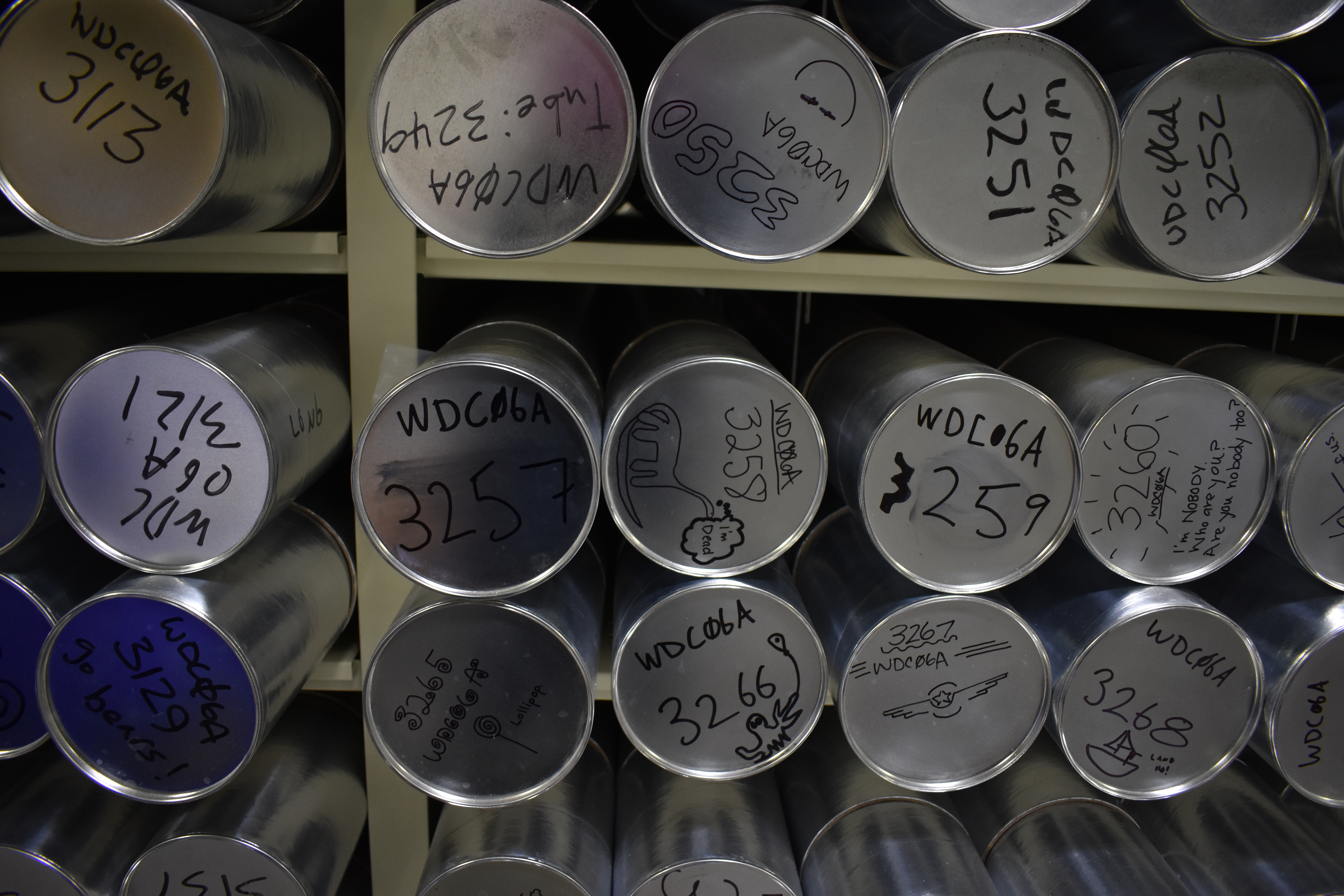
Sealed in steel tubes and stacked in a vast room, these hunks of ice have come a long way.
Each of them has been carefully drilled and carved, delicately treated in freezing rooms by bundled scientists, and shipped in thousand-dollar refrigeration units from far northern and southern latitudes. The purpose: facilitating safe passage to the National Science Foundation’s Ice Core Facility outside of Denver.
Here, they will remain in the same icy, rock hard condition that they left Antarctica, or Greenland or some icy glacier in North America.
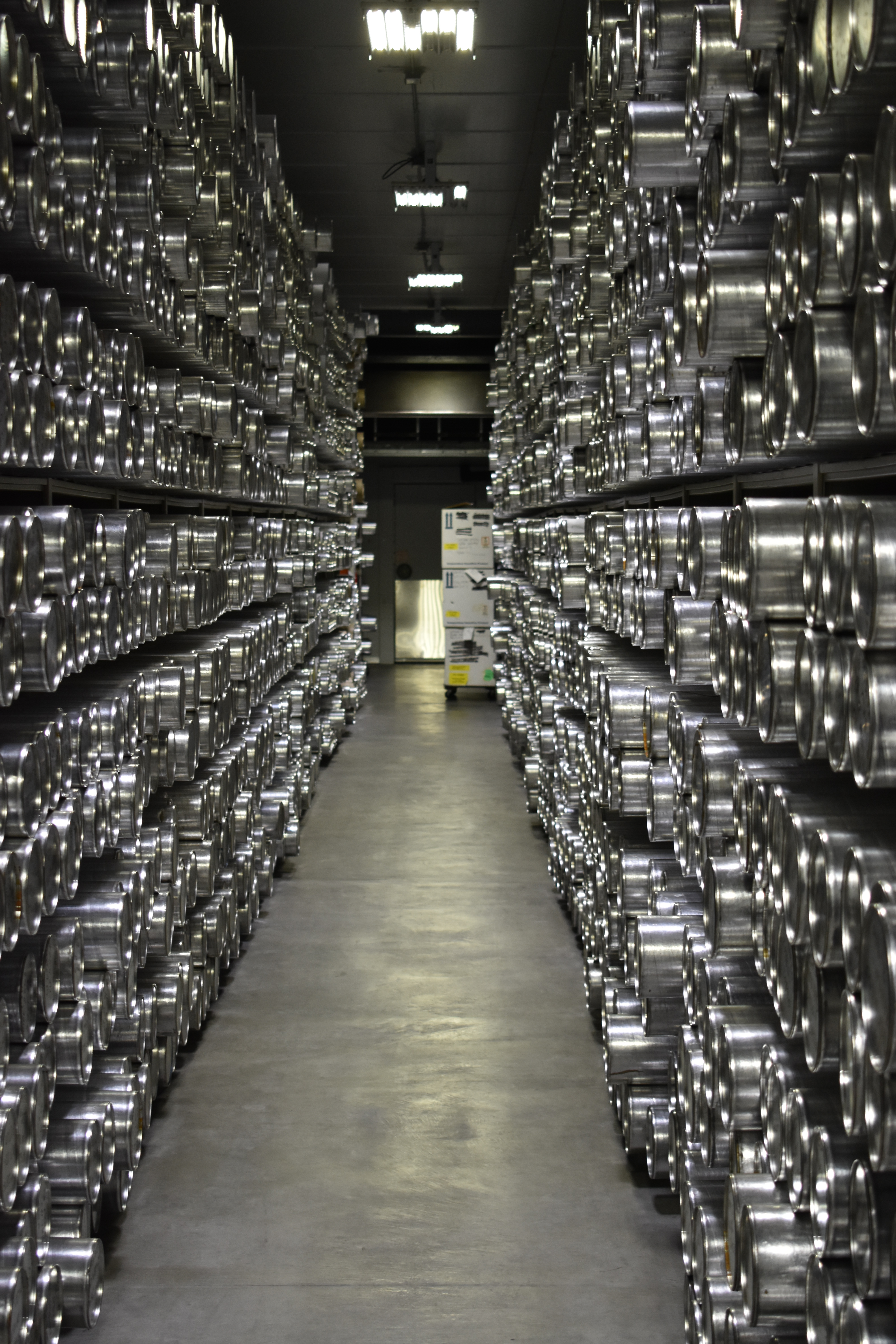
There’s a reason for the extreme care and intricate itineraries, as these ice cores are tombs containing invaluable scientific data. They are the only resources on the planet that, at one point in time, had direct contact with the atmosphere hundreds and even thousands of years ago — and preserved traces of it.
While tree rings and ocean sediment cores can help scientists create a detailed record of what the Earth’s climate was like in the past, showing, for example, if a summer was hot or dry, ice cores provide a direct link.
“As snow falls, it pulls stuff out of the atmosphere and it is subsequently buried, and so you can go back and see what was in the atmosphere at a specific time. That’s what makes them really valuable,” said Mark Twickler, the science director of the ICF.
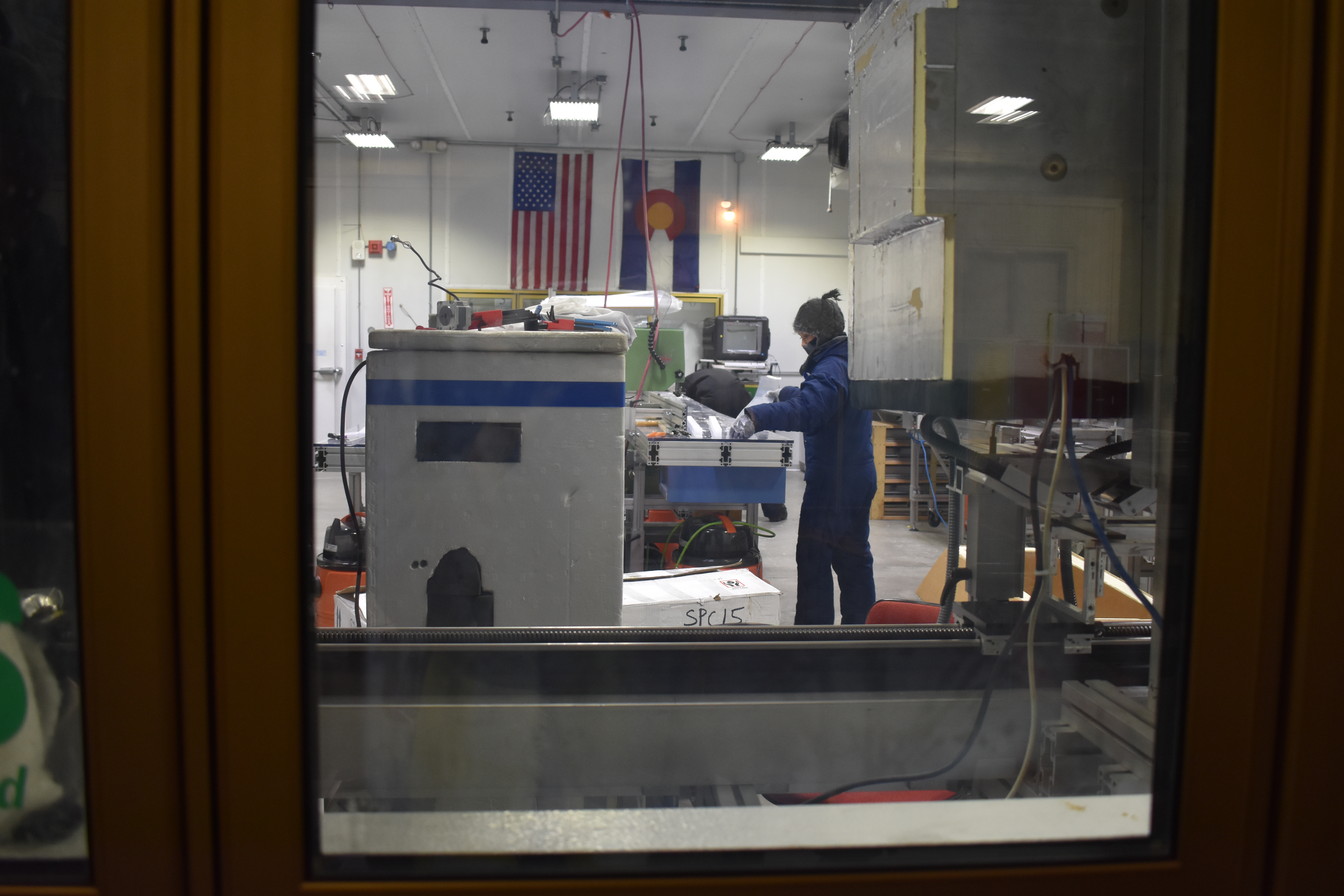
By learning more about these atmospheric changes in the past, scientists can better project what the Earth’s climate may look like in an increasingly warming future.
The ICF stores over 17,000 meters of ice cores from Greenland, Antarctica and parts of North America in a large freezer meticulously kept at negative 32 degrees Fahrenheit. The freezer is housed in a large, nondescript building located in the labyrinthine Denver Federal Center compound. It can be accessed only after donning heavy coveralls, snow boots, gloves and a warm hat.
In the freezer, pens stop working, computers are housed in special warm boxes, and electronic batteries quickly fade — just like the energy of those working in the extreme temperatures.
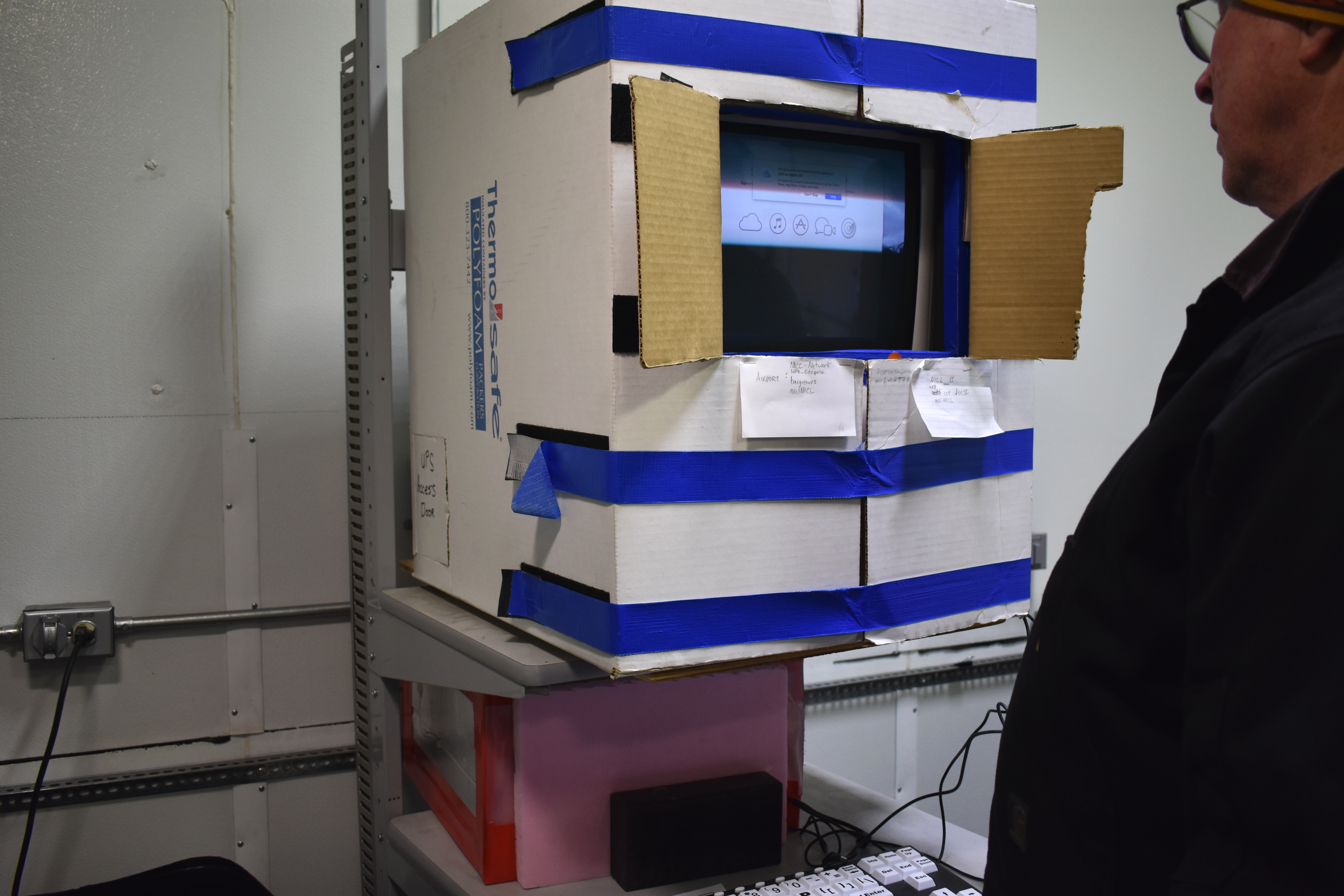
Attached to the archive freezer is an exam room, set at a relatively balmy negative 10 degrees Fahrenheit.
Here, groups of up to 20 scientists descend to divide the bounty of ice cores using precise tools, sometimes following a predetermined cut plan. Like different organs from a donor being dispersed to needy patients across the country, these bits of ice then travel to universities far and wide, where their chemistry, gases, nitrogen and sulfur isotopes (among other properties), are analyzed.
Within these layered ice cores, scientists can find evidence of past climate conditions.
Tiny pieces of pollution trapped in the ice years ago, for example, can tell of a volcanic eruption or radioactive fallout. Looking at the ratio of oxygen-16 to oxygen-18, they can tell the temperature of the Earth when an ice layer formed, as well as the level of carbon dioxide in the atmosphere. It was ice cores that helped scientists observe the link between carbon dioxide levels and the global temperature in the last million years.
But before they are analyzed, these ice cores must be drilled out of cold expanses of ice and glaciers. Most ice cores come from Greenland and Antarctica, as these locations provide the longest record of trapped gases.
Scientists can use either mechanical or thermal drills, which can drill up cores anywhere from one meter to 6 meters long, two to five inches in diameter. The oldest ice core that has been unearthed has a record that extends back 800,000 years, although scientists are on the hunt to go back even further.
A group of researchers from University of Washington and University of Maine have recently submitted a proposal to drill in a spot in Antarctica that might produce a record back to 1 million years.
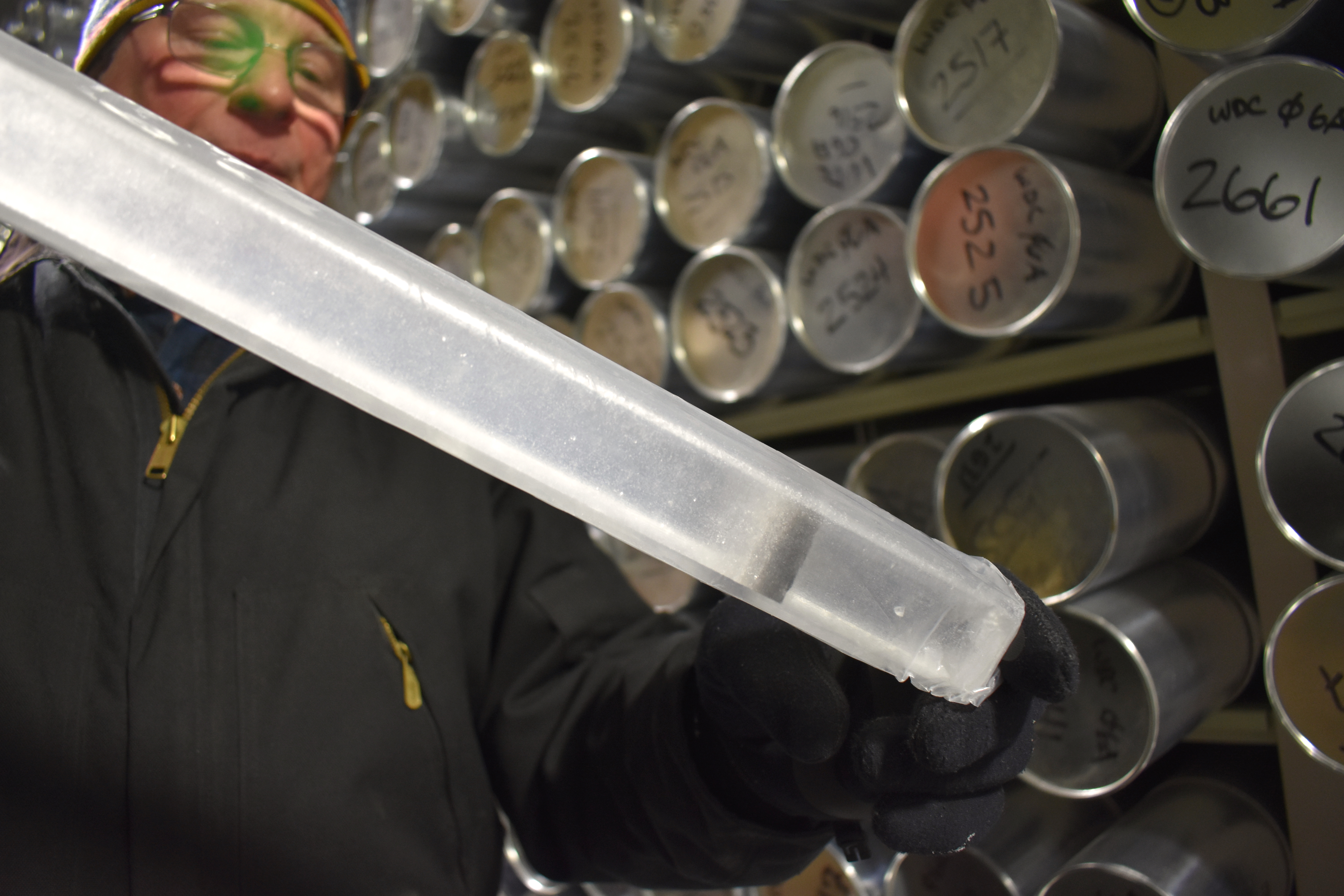
After drilling, the researchers and support staff face a new challenge: transporting these ice cores thousands of miles to the ICF while maintaining the delicate record within.
After flying the ice cores from the drilling sites in Greenland and Antarctica to the coast, they can either be flown in cargo planes or shipped across the ocean. Here, they are loaded into special freezer containers that track internal temperature and the location of the ice cores.
The ICF also requests a refrigeration specialist to accompany the ice cores, who sail on the ship and follow the cores until they are safely in the big freezer. In the ship, one of the biggest fears is a refrigeration unit breaking down: Teams have lost ice cores in the past due to the freezer container malfunctioning.
Now, these cores are stored in a special container with not one, but two refrigeration units. “The projects are so expensive to undertake that spending another $100,000 on these specialized refrigeration units is well worth the cost of getting them out,” said Twickler.
From Greenland, the ice cores are usually flown out and transferred to trucks in upstate New York, where they travel across the country to ICF in Denver.
“The plane could break down and have to land in Nova Scotia, and then you would be screwed,” Twickler said. “But we’ve been lucky so far.”
According to Twickler, it’s been more than 20 years since the ICF has had any problems during transportation.
But while these ice cores are safe in the special ICF facility, glaciers around the world are being threatened by the warming climate.
As temperatures rise, they have begun their retreat, melting back slowly over the years. Even before these glaciers are lost, they have started melting at the top surface layers — and as the water trickles down through the glacier, it can destroy the chemical composition of the deeper layers, distorting the signals in the ice.
The Ice Memory project, launched by French and Italian glaciologists in 2015, has set out to preserve these records before they are lost. The team has already completed two missions to extract ice cores from the Col du Dome glacier in the Alps and the Illimani glacier in Bolivia, and recently announced two new missions in Russia for this year. In total, they hope to complete at least another ten missions at threatened glaciers around the world.
Glaciers are chosen due to their scientific merit and based on the amount of summer melting already taking place on the surface or threatening to appear.
“Once summer melting is systematic, water percolation in the underlying snow layers erases the memory of those layers,” Jerome Chappellaz, one of the co-founders of Ice Project, wrote in an email.
For now, the samples from these two sites are being stored in a facility near Grenoble. But, the Ice Memory project hopes to eventually transfer these ice cores to Antarctica, where they will be stored in an ice cave next to the Concordia Research Station.
“We need to rely on a natural freezer, not depending on the health of the global economy, nor about possible global conflicts. Antarctica is the only place answering these needs,” Chappellaz wrote.
In this natural storage facility, with temperatures averaging around negative 58 degrees Fahrenheit, the ice cores will not belong to any nationality — they will be, according to a statement, “the property of humanity.”